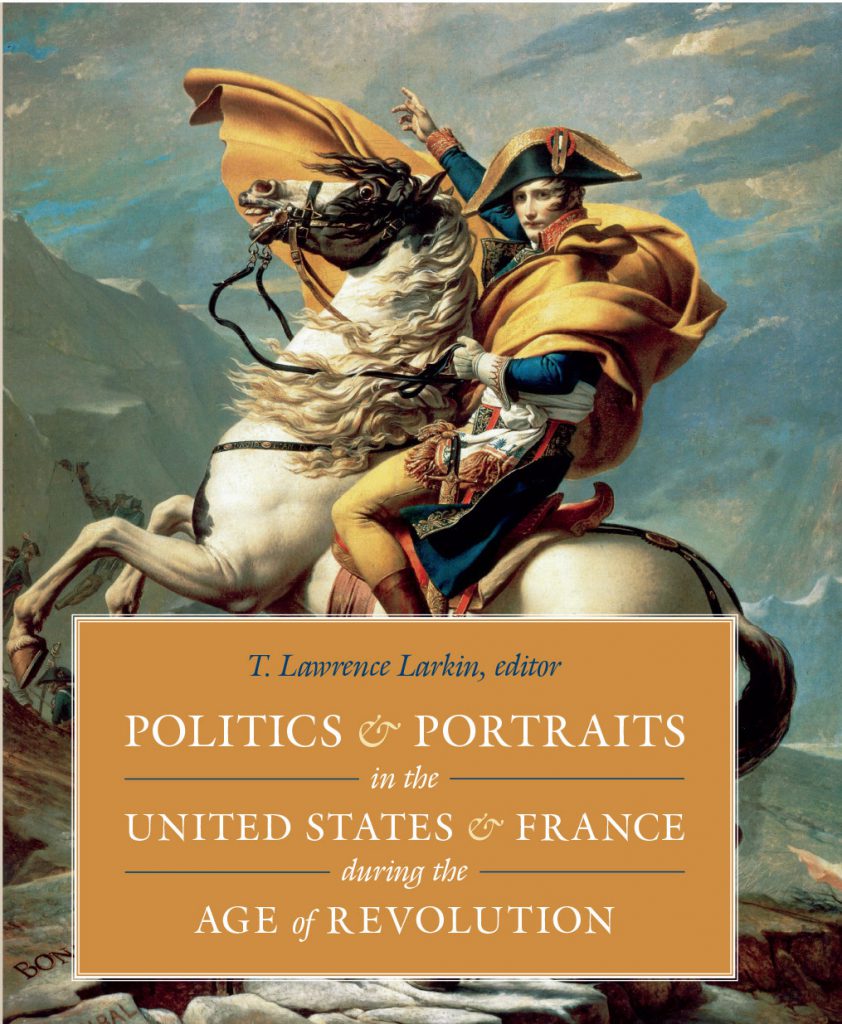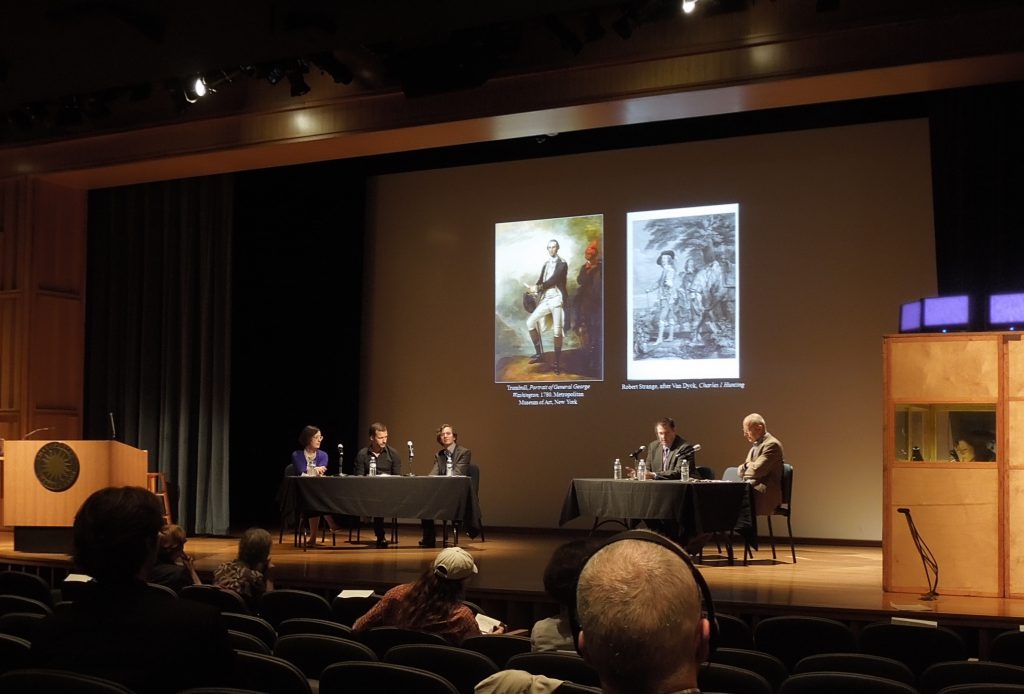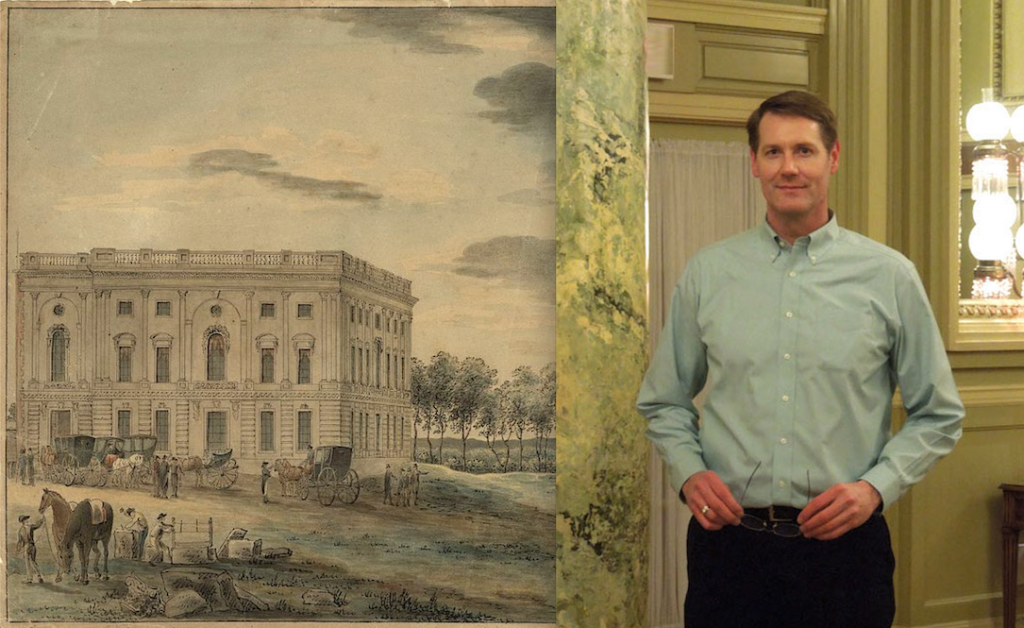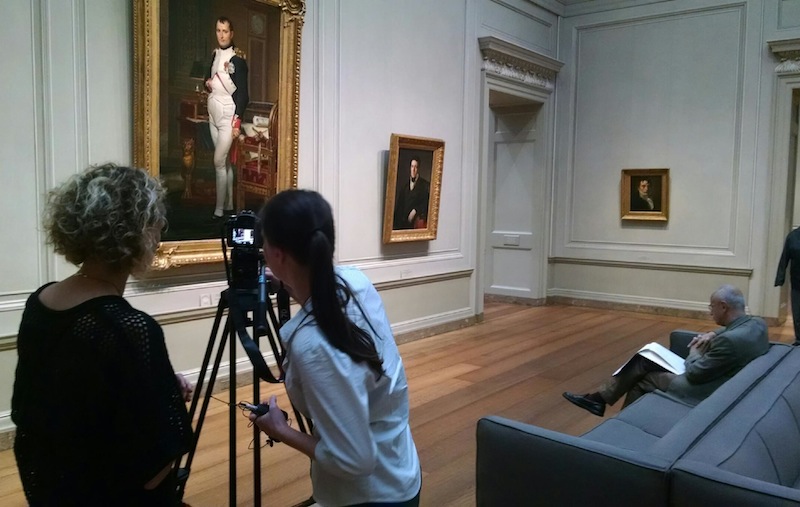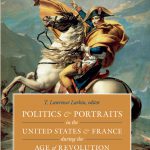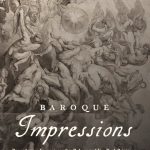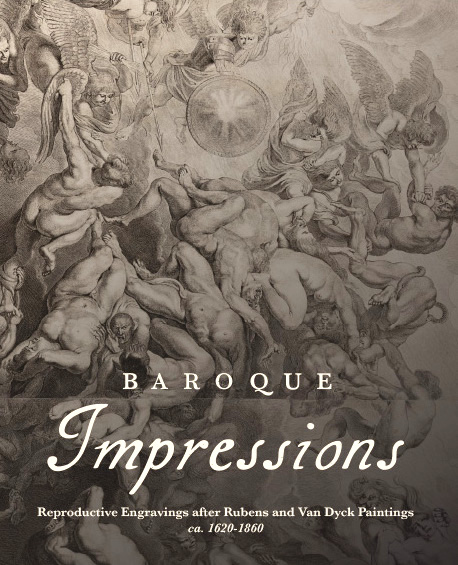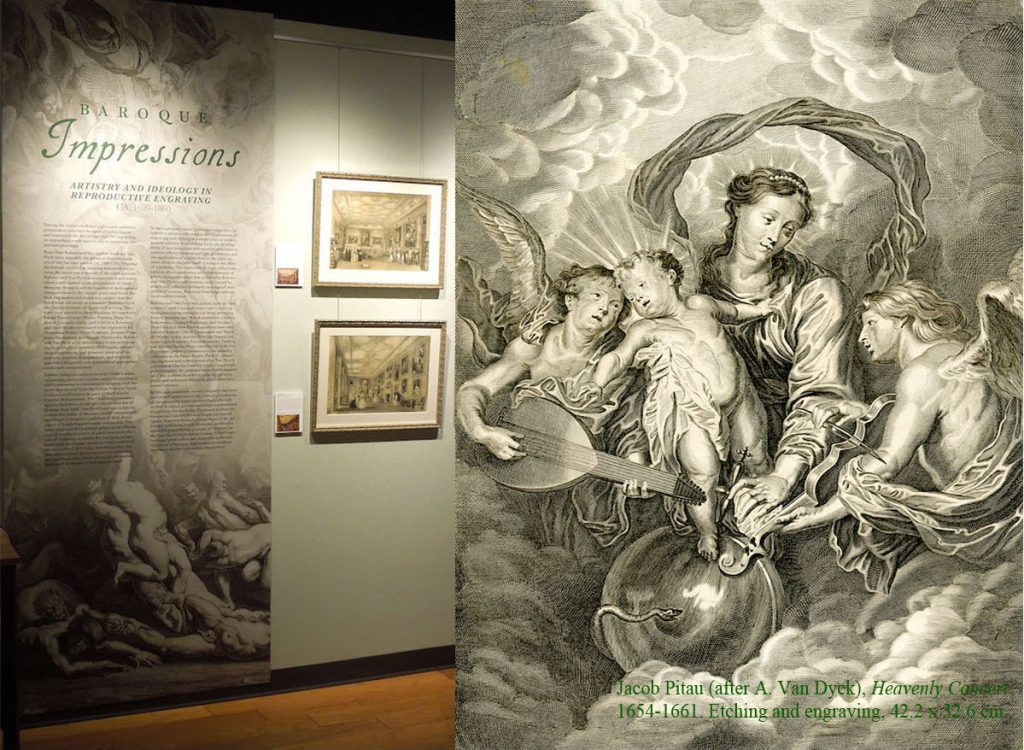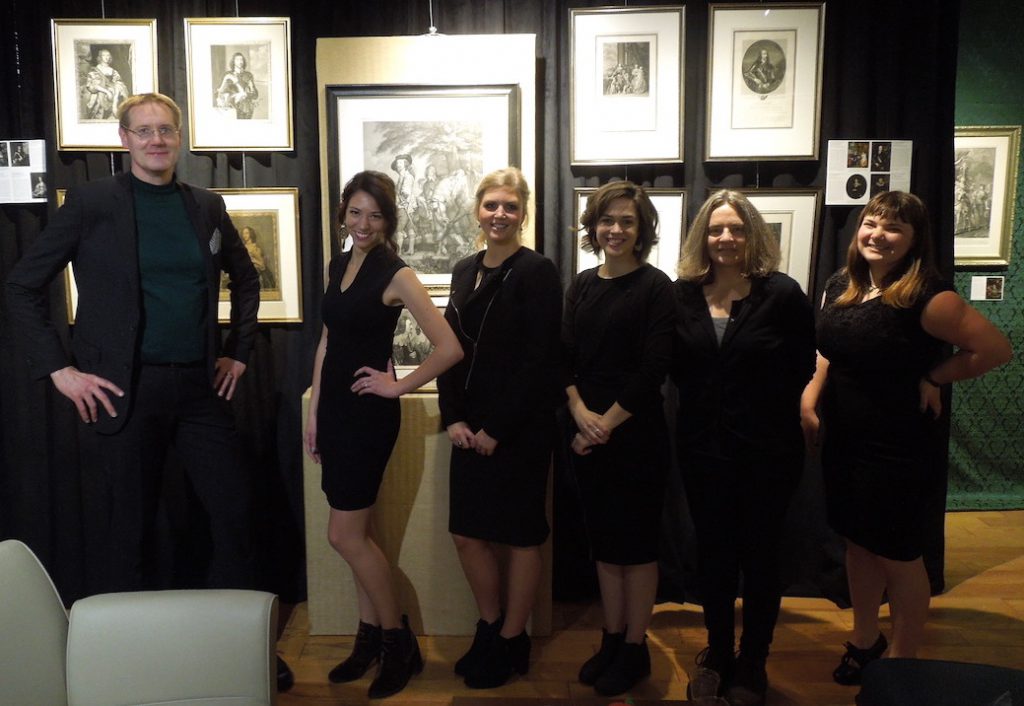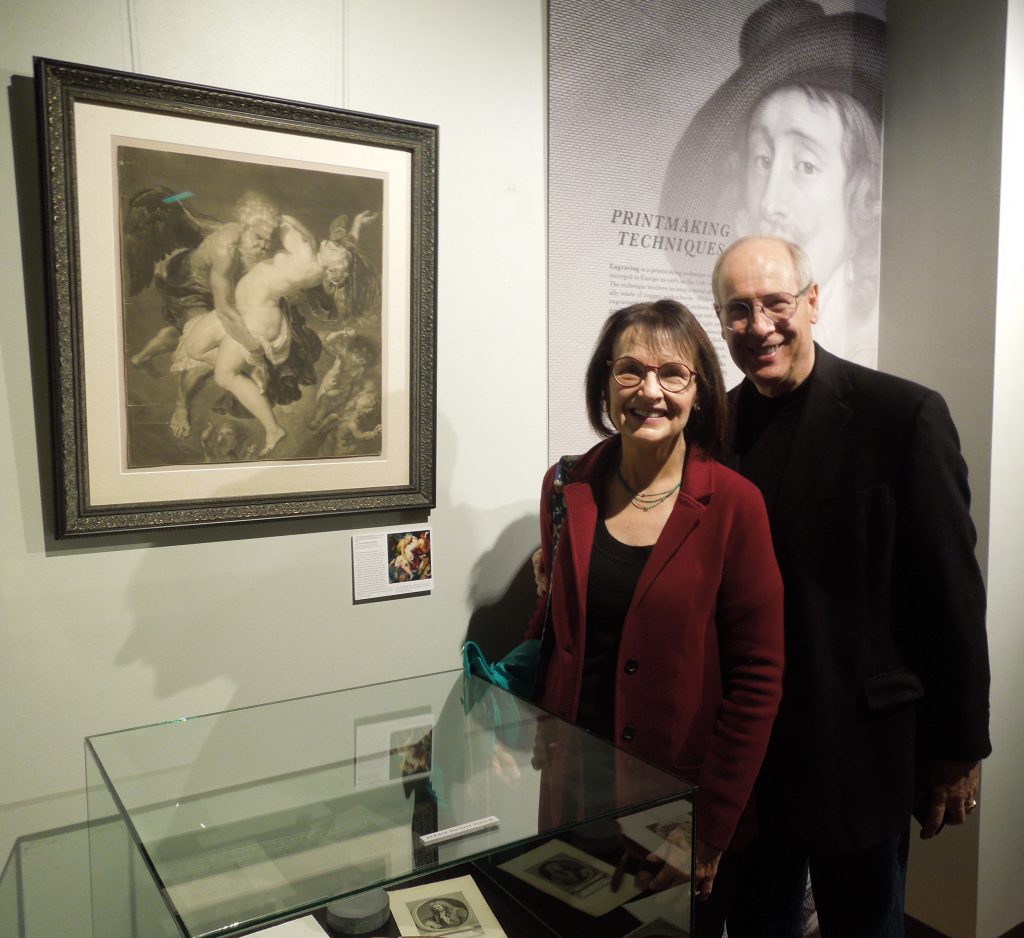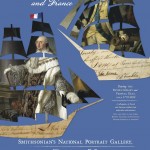This column serves as the second of a pair of reflections on portrait exchange between the United States and France during the Revolutionary and Federal Eras, ca. 1776-1814.
II. Representative Bodies
Assemblies and families in the United States and France likewise tested the ability of portraitists to render a shared commitment to collective governance, clan connectivity, or minority representativeness within the nation and commissioned or were incorporated into mostly mid- to large-scale multi-figured paintings. These group portraits had to manage a compromise between history and genre in order to promote the notion of a “representative body”—or presumed political or social consensus. Three forms of production, display, and conveyance shed light on how groups conceived their relationship to the nation: the portrayal of republican assemblies for installation in public buildings, the depiction of patriotic families for private homes, and the laborious replication and delivery of any number of pictures.
Republican assemblies, their internal factions and advocates abroad, rarely commissioned group portraits for legislative chambers, but when they did it was to commemorate a key event that best encapsulated a decisive break with colonial rule or the old monarchy and the formulation of a new democratic process, albeit one that divided over whether the gentry or proletariat best safeguarded liberty.
In his autobiography Trumbull recalled that he had been studying history painting with West in London intermittently for about four years when they discussed the prospect of a series of canvases chronicling significant episodes from the American Revolution; the need to locate a continental engraver prompted him to travel to Paris in late July 1786. In addition to insuring that the artist was accommodated in the legation, Jefferson advised that his next historical composition should be the signing of the Declaration of Independence. Trumbull prevailed upon Jefferson and Adams (then in London) to help him recreate the event: the one sketched a plan (albeit somewhat inaccurately) of the ground floor assembly room of the Pennsylvania State House and the other insisted that all the signers (as well as some dissenters) of the document should be included and that they should be rendered with absolute fidelity to appearance. Determined to avoid the monotony of descending rows of heads, Trumbull in his earliest sketches decided to group men, seated and standing, along two receding lines converging at the middle, to orient all heads toward the half-dozen men approaching the president’s dais in the right foreground, the chamber expanding obliquely around them. The prospect of convincingly locating forty-eight identifiable men in space was daunting, and it was towards the end of a yearlong hiatus to London that he delineated the setting, located the principal figures, and painted Adams from life. At some point between the sketches and painting he decided to shift the vanishing point from the northwest corner of the assembly room to the center of the west wall, which offered the illusion of a shallower, relief-like space. He must have arrived at this solution through consultation of French sources both before his departure for London in the autumn of 1786 and shortly after his return to Paris a year later. He admired Jacques-Louis David’s Oath of the Horatii at the Salon of 1785 and probably saw Jean-Michel Moreau le Jeune’s exquisitely detailed architectural drawings of the Assemblée des Notables (1787) at the Louvre, the latter in particular possessing a heavy Doric frieze, a double set of reliefs and doors, an abundance of trophies, and orderly rows of observers. Irma Jaffe has even suggested that the central motif of Jefferson flanked by Adams and Franklin handing over the draft of the Declaration to John Hancock was derived from history paintings like Nicolas-Guy Brenet’s The Piety and Generosity of Roman Women (1785). Whatever the source, the result of Trumbull’s synthesis can be seen in a clearly composed historical narrative wherein Jefferson in consultation with a committee is shown to have displayed exemplary virtue in drafting the most impactful document of modern history, a purpose and effort sanctioned by the majority of representatives within a noble interior. The business of tracking down all the others present to achieve a “complete record” consumed several years and suggests a process of memorialization of those founders who designed and governed the nation and came to an understanding with Europe.
Thanks in part to his father’s association with the baron de Breteuil, François Gérard became a pensionary of Louis XVI and a student of his Académie in the early 1780s; he worked hard to earn a place in David’s studio where he cultivated drawing skills and classical aesthetics alongside Jean-Germain Drouais, Anne-Louis Girodet-Trioson, and Antoine-Jean Gros. Although he lost the Prix de Rome competition to Girodet, he found the means to spend nearly a year in Rome before heeding the National Legislative Assembly’s call to return or be declared an alien émigré, and found David a valuable friend in obtaining lodgings, an atelier, and exhibition opportunities at the Louvre. On 24 April 1794, the National Convention, desirous of reviving public art projects, announced a competition on the theme of “the most glorious episodes of the French Revolution,” with the subject and approach left to the architect, painter or sculptor. Gérard proposed to paint the people storming the assembly and accusing the king of duplicity on 10 August 1792 as a prelude to abolishing the monarchy and instituting a republic more than a year later, and his drawing was selected as one of two winning entries. In preparation for work on the 25 by 30-foot canvas, he visited the Salle de Manège (temporary site of the National Assembly) at the Tuileries, gathered eyewitness accounts of the episode, prints and medals of the principal characters, and made sketches of works by David and his colleagues. Eschewing the high-vaulted chamber ringed with terraced seating and a narrow balcony with large clerestory windows, Gérard imagined the space as confined and crowded to maximize the dramatic confrontation between the lurching mob and the recoiling legislators in the foreground. He may have seen Trumbull’s initial oblique view of the assembly room of the Pennsylvania State House, for he drew a low-vaulted chamber with lines of recession converging on a trio of demonstrators and a banner inscribed “Fatherland, Equality, Liberty” just left of center, with the sitting president, Marguerite Elie Guadet, and three secretaries raised on a dais at right. In a conscious tribute to David’s Oath of the Tennis Court (1791), Gérard rendered the mob pointing accusingly at the royal family glowering from the press box while the deputies stiffen in defiance or recoil in disgust or shame. The king’s, queen’s and president’s likenesses were adapted from prints by Jean Duplessi-Bertaux and Jean-Baptiste Verité, medals by Pierre-Simon-Benjamin Duvivier, Philippe Bordes has pointed to a similarity between a group of sans-culottes carrying one of their dying and John Singleton Copley’s Death of Major Pierson (1782-84), available in printed form from April 1796. Although it has been observed that the radical rebels are not as sympathetically drawn as the moderate deputies, the former agitate the composition in a manner intended to valorize the popular will, in comparison to which the Versailles oath-takers seem calibrated to welcome the dawn of the constitutional monarchy. Gérard had to abandon the project—laying in some of the underpainting for the foreground figures—after the remaining third of the promised stipend failed to materialize.
Patriotic families, a parent with a child or the complete unit along with servants, ordered group portraits for private dwellings to acknowledge inherited wealth, clan connectivity, or, indeed, to embody a shared factional, national, or imperialist ideology. Portraits representing the family engaged in mapping pursuits suggest their relation to the nation and the rest of the world.
In the early years of the American republic there were not firm boundaries between the arts and crafts, particularly in the Chesapeake Bay region where a metalsmith might take a hand in engraving, if only to record his designs. Such was the case with Edward Savage, an itinerant who exchanged the hammer for the burin and then the paintbrush fairly early, turning out copies of John Singleton Copley’s portraits of wealthy Bostonians. In 1789 Harvard University requested that he undertake a portrait of the newly elected President of the United States, for which Washington entertained a sitting in New York, and the work soon evolved into a large family portrait consisting of the president, the first lady, Martha Parke Custis, and two of their four grandchildren, Eleanor and George Parke Custis, at Mt. Vernon, which required another sitting prior to completion in 1796. Betraying a rare facility with the intricacies of clothing and accessories, Savage rendered the president seated in his usual military habit, his left hand resting on the table within reach of an open booklet, tricorne hat, and exquisite sword hilt and his right arm draped over the shoulder of his grandson. For the first lady was reserved a cascade of oyster-colored satin and the operative movement of unfurling Pierre L’Enfant’s map of Washington D.C. and indicating with a fan the central district, an action repeated by her granddaughter. As with much early eighteenth-century French royal portraiture, the setting registers a push-pull between a generic palatial interior complete with columns, drapery, and pavement and an identifiable prospect indicative of state dominions or family acreage; there is a sense that the terrace affords a spectacular view of the Potomac River. The picture is also divided laterally into male and female spheres of activity, the right side a battle-hardened leader and well-read mentor equipped for the defense of the nation and the upkeep of the estate, the left side a cultivated hostess and a fastidious mother prepared to presiding over the court’s social life and the family’s household budget. An accessory to the cartographic work at hand, the variously identified African-American man standing somewhat stiffly with hand in waistcoat at far right is a reminder that slaves and freedmen accompanied generals on campaigns and toiled on plantations, thus subsidizing the cost of war and providing the comforts of home. This ambitious image of the first family was disseminated throughout America and Western Europe in print form. Savage contracted with David Edwin to produce a stipple engraving of the scene complete with English and French titles in the spring of 1798; advertised in Philadelphia and New York papers, it enjoyed considerable success and probably garnered sizeable profits.
The mid-eighteenth-century vogue for Dutch genre painting, combined with progressive theories on French child rearing, had a noticeable impact on portraiture in Paris; artists like Jean-Baptiste Greuze and Nicolas Bernard Lépicié rendered aristocrats in ways that promoted the illusion of tender and conscientious parenting rivaling that of the bons bourgeoises. Louis-Léopold Boilly, a largely self-taught portrait and genre painter on the northern border with the Austrian Netherlands probed the profitability of the Paris market before establishing a studio there around 1785 and eventually won a medal for one of several scenes of middle class social exchange or urban incident at the Salon of 1803. It is unclear when the profit-driven painter became acquainted with the family of M. Gaudry, a paymaster in the imperial administration, but he was on terms friendly enough to paint the father in a dressing gown and slippers seated at a table piled with atlases, maps, and globe and instructing his daughter—likewise casually garbed—in geography. Susan Siegfried, who has written extensively about Boilly’s work, interprets this picture primarily as symptomatic of a new social construction of the post-Revolutionary period in which “fathers assumed new roles as nurturers or guides.” Indeed, the central motif of the father holding a compass and turning his head to query the distance between two points and the daughter leaning on his shoulder and reasoning through a response is subtly framed by intricate paneling that incorporates a large arced bookcase, as if to propound the nobility of learning. The Gaudrys seem to be following Napoleon’s conquests, an activity which has elements of the patriotic and ritualistic. One of the maps has shifted to reveal a cartouche partly framed by a sphinx and pyramid, referring to the Egyptian campaign of 1798-1801, and the globe displays territories stretching from the Middle East to the West Indies, pointing up the administration’s attempts to engage Ottoman and American envoys under the Empire. Plotting Napoleon’s battlefield victories, dynastic alliances, and colonial treaties became a patriotic duty that fired a nationalistic ambition to expand the empire as far as that of Britain—and without Louis XVI’s sensitivity to strategic balance and immoral annexations. Displayed at the Salons of 1812 and 1814, preceding and following news of Napoleon’s disastrous Russian expedition, this geography lesson would have prompted viewers to redirect their thoughts from subjugated territories and profitable trading to “exotic” locales and “primitive” societies.
Unidentified workers—the elusive “face” and “body” of the early modern metropolis—were sometimes pressed into state service to copy portraits, to crate and load them into carts, to unpack and hang them in apartments, to clean and safeguard them from damage—important labor that can be gleaned from government correspondence, treasury records, and city plans.
Congress’ strategic solicitation of state portraits of Louis XVI and Marie-Antoinette in 1779 and the French consul general’s guarded presentation of them in 1784 generated considerable hyperbolic rhetoric on the benefits of the alliance, a fanfare that has obscured the labor involved in making copies at Versailles and carting them to Paris and Le Havre, for dispatch by frigate to Santo Domingo, and from thence to Philadelphia, New York City, and back again before finding a definitive place in Washington D.C. The production of the portraits can be traced to the Cabinet des Tableaux (or king’s picture atelier), consisting of a portion of the royal art collection in storage and a small group of largely unnamed copyists housed in the Surintendance des Bâtiments (Superintendence of Royal Projects) in the southeastern quadrant of the palace complex at Versailles. Its guardian was Étienne Jeaurat and his duty was to ensure that pictures within the collection were rotated, repaired or loaned and that copies of royal portraits in the studio were completed on time, transported to Paris for framing and packing, and turned over to the proper recipient. The artists most commonly mentioned in the records were Jean-Martial Frédou, François-Gaspard and Louis-Amadée Van Loo, although women were also employed in the persons of Elisabeth Vigée Le Brun and Mme d’Auvergne. The head joiner-carver was Buteux, who oversaw an extensive woodworking shop on the rue de Selpulchre in Paris. Following the establishment of acceptable portrait models of the king and queen in the late 1770s, the studio and shop were deluged with orders for copies and worker exhaustion was endemic. Jeaurat complained to the directeur des Bâtiments, the comte d’Angiviller, that he was too frail (at eighty-five!) to replace all the paintings (including portraits) in the state apartments without the aid of his colleague Taraval, who had been unexpectedly reassigned to another project. Frédou was afflicted with an ailment that slowed output, and one of the Van Loos renounced copy work altogether, necessitating lengthy searches for replacements. Buteux expressed frustration that a new ordinance restricting the creation of faux surfaces—stone, wood, and vegetation—to a select group of peintres d’impression (decorative painters) was hampering his workers’ ability to complete frames and caused some to flee for fear of imprisonment. The canvas paired with a frame, Buteux ordered packing cases to be built—one for the canvas, another for the frame (or its component parts)—to prevent damage incurred by land or sea. Notwithstanding the care taken by laborers in loading carts and ships, abrasions and punctures to canvases, chipping and breakage to frames, were common. To minimize effort, accident, and cost, d’Angiviller often required nobles, religious or corporate entities, to collect their presents at Versailles or to provide means for their delivery, although he could not expect this of foreign recipients of diplomatic gifts.
Once the royal portraits reached Philadelphia, they were for all practical purposes the responsibility of the Secretary of Congress, Charles Thomson, who had the thankless job of preparing the assembly room, recording proceedings, overseeing correspondence, and certifying documents—that is, up to the adoption of the Constitution when other government bureaus absorbed these functions. Congress, having vacated the State House of Pennsylvania on the pretext of harassment by unpaid local troops in June 1783, entrusted the portraits to the French legation at Carpenter’s Mansion, so the French would have covered the cost of transporting and assembling the portraits. Finally, in January 1785 Congress received word from New York that the City Hall would be placed at their disposal, at which point plans were made to transfer all of Congress’ effects to the new location. The new Secretary of Foreign Affairs, John Jay, had hoped that Thomson would be able carry the crated portraits along with his own possessions on the move north in mid-spring; but the consul general, François Barbé de Marbois, insisted on closing the legation earlier, which compelled Jay to prevail upon resident financier Robert Morris to store them temporarily. Unfortunately, when Morris’ crew arrived at the legation, they attempted to carry the portraits away without dismantling the frames or depositing the components in a protective carton and even blurted out that the portraits would be displayed in a parlor or stored in a loft, so Barbé de Marbois turned them away and made his own arrangements to transport them to Lower Manhattan, probably via a direct coastal route. On 13 May, Congress directed Thomson to have the eastern assembly room prepared for the (current sixth) session, which necessitated moving and arranging the furniture and hanging the royal portraits. Because Thomson’s experience would have been confined to tables, chairs, books, and documents, Barbé de Marbois probably presided over the reassembling of the magnificent objects, which included large canvases and intricate frames held together by a few dozen gilded screws apiece and mounted to the wall via a special mechanism. Apart from the foreignness and ostentation of the forms, a major drawback to sending such gifts to new nations was that their local technicians and heavy lifters could not be expected to know what to do with them. In the end, it is important to acknowledge that a portrait encapsulates in its condition the labor that went into its construction, relocation, and preservation.
This concludes a brief survey of the ways in which French production and consumption of single-figure and group portraits impacted American portrait production and consumption, and vice-versa, between the years 1776 and 1814.
Sources:
Barbé Marbois, François. Letter to John Jay, 17 April 1785, in Francis Preston Blair, ed., The Diplomatic Correspondence of the United States of America (Washington, DC: Blair & Rives, 1837), 1:139.
Billarderie d’Angiviller, Charles-Claude. Letter to the duchesse de La Vauguyon, 28 February 1777 (no. 70), Maison du Roi, Series O 1 1914, Archives Nationales de France.
Billarderie d’Angiviller, Charles-Claude. Letters to Jean-Baptiste Marie Pierre, 22 May 1776 (no. 125) and 10 December 1776 (no. 369), Maison du Roi, Series O 1 1914, 18 November 1785 (no. 456), Maison du Roi, Series O 1 1918, 31 August 1788 (no. 179), Maison du Roi, Series O 1 1920, vol. 1, Archives Nationales de France.
Billarderie d’Angiviller, Charles-Claude. Letter to Joseph-Marie Vien, 3 June 1791 (no. 29), Maison du Roi, Series O 1 1920, vol. 3, Archives Nationales de France.
Boime, Albert. Art in an Age of Revolution 1750-1800 (Chicago: University of Chicago Press, 1987), 437-440.
Bordes, Philippe. Représenter la Révolution: Les Dix-Août de François Gérard et de Jacques Bertaux (Vizille: Musée de la Révolution française, 2010), 84, 88.
Bréjon de Lavergnée, Arnauld. “Meeting of the Assembly of Notables Presided over by Louis XVI and Held in the Hôtel des Menus Plaisirs at Versailles,” in William Howard Adams, ed., The Eye of Thomas Jefferson (Washington D.C.: National Gallery of Art, 1976), 148 (no. 235).
Buteux. Letter to Jean-Baptiste Marie Pierre, Memoire présenté à M. Pierre par le Sr. Butteux sculteur des Bâtimens du roy, pour être mis sous les yeux de Monsieur le comte d’Angiviller, 22 October 1785 (no. 396), Maison du Roi, Series O 1 1918, Archives Nationales de France.
Congressional Resolution, 13 May 1785, in Worthington Chauncey Ford, Roscoe R. Hill, and John Clement Fitzpatrick, eds.., Journals of the Continental Congress, 1774-1789 (Washington, DC: Government Printing Office, 1910), 18:359.
Cooper, Helen A. John Trumbull: The Hand and Spirit of a Painter (New Haven: Yale University Art Gallery, 1982), 76 (no. 25).
Crow, Thomas. Emulation: Making Artists for Revolutionary France (New Haven: Yale University Press, 1995), 195, 197.
Fugier, André. Histoire des relations internationals: La Révolution française et l’Empire napoléonien (Paris: Librairie Hachette, 1954), 362, 364, 365.
Iiams, Thomas M. Peacemaking from Vergennes to Napoleon: French Foreign Relations in the Revolutionary Era, 1774-1814 (Huntington, NY: Robert E. Krieger Publishing Company, 1979), 43-44, 131-136.
Jaffe, Irma B. John Trumbull: Patriot-Artist of the American Revolution (Boston: New York Graphic Society, 1975), 96, 104, 109-110.
Jeaurat, Étienne. Letter to Charles-Claude Billarderie d’Angiviller and d’Angiviller to Jeaurat, 14 May 1784 (nos. 176-177), Maison du Roi, Series O 1 1917, Archives Nationales de France.
Larkin, T. Lawrence. “A ‘Gift’ Strategically Solicited and Magnanimously Conferred: The American Congress, The French Monarchy, and the State Portraits of Louis XVI and Marie-Antoinette,” Winterthur Portfolio, 44, 1 (Spring 2010): 71-72.
Miles, Ellen G. “The Washington Family,” in Miles, Patricia Burda, Cynthia J. Mills, and Leslie Kaye Reinhardt, American Paintings of the Eighteenth Century (Washington, D.C.: National Gallery of Art, 1995), 151-152.
Moulin, Monique. “François Gerard, peintre du 10 Aout 1792,” Gazette des beaux-arts, 101 (May-June 1983): 199.
Pohl, Frances K. Framing America: A Social History of American Art, 2nd ed. (New York: Thames and Hudson, 2008), 98.
Salmon, Xavier. Peintre des rois, roi des peintres: François Gérard (1770-1837) portraitiste (Paris: Réunion des musées nationaux-Grand Palais, 2014), 37.
Siegfried, Susan L. The Art of Louis-Léopold Boilly: Modern Life in Napoleonic France (New Haven: Yale University Press, Fort Worth: Kimbell Art Museum, Washington D.C.: National Gallery of Art, 1995), 115.
Trumbull, John. Autobiography, Reminiscences and Letters of John Trumbull from 1756 to 1841 (New York: Wiley and Putnam, New Haven: B. L. Hamlen, 1841), 95, 96, 109, 147, 150, 163-164.
Wick, Wendy C. George Washington: An American Icon: The Eighteenth-Century Graphic Portraits (Washington, D.C.: Smithsonian Institution Traveling Exhibition Service and National Portrait Gallery, 1982), 122-123 (no. 55).
